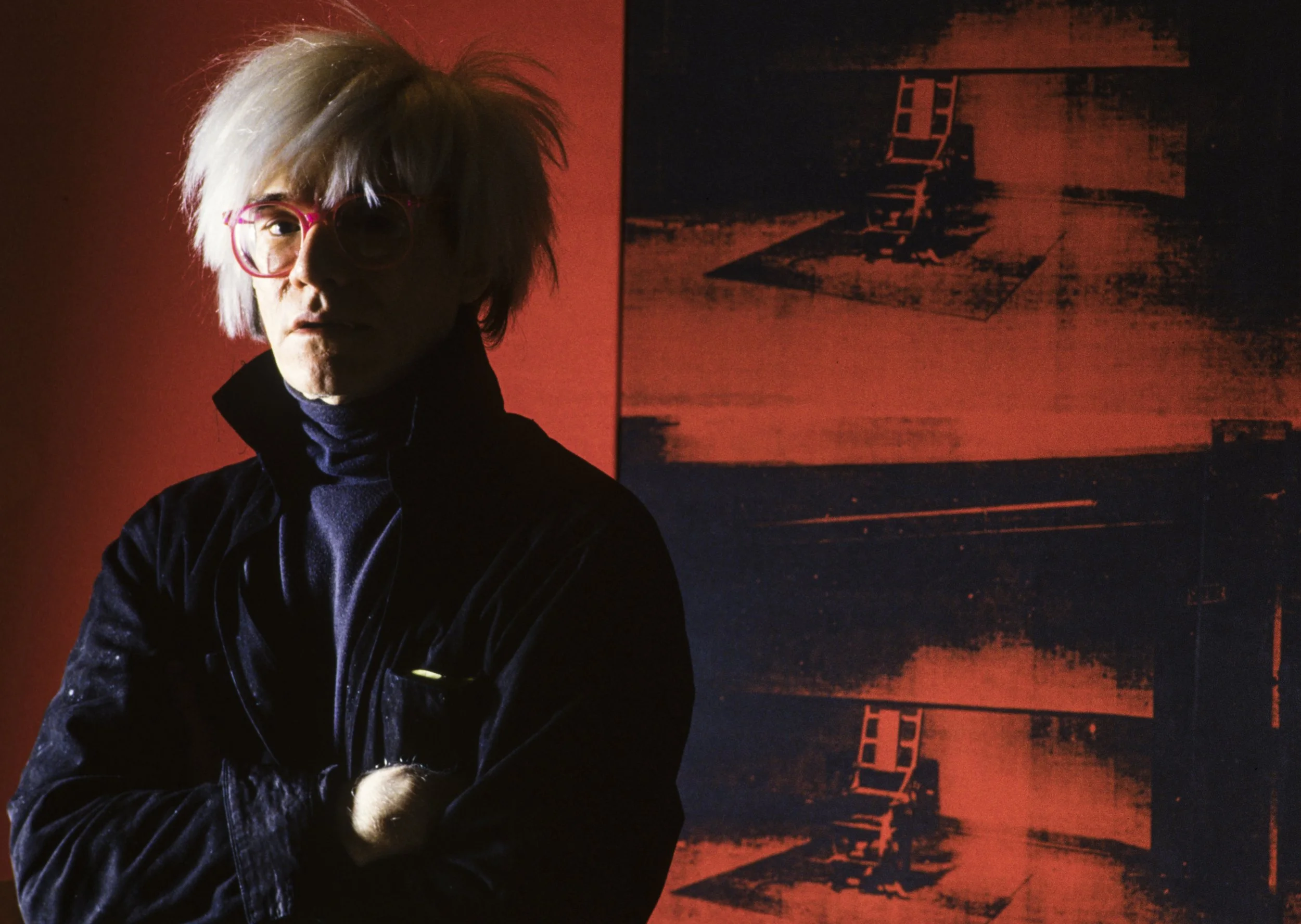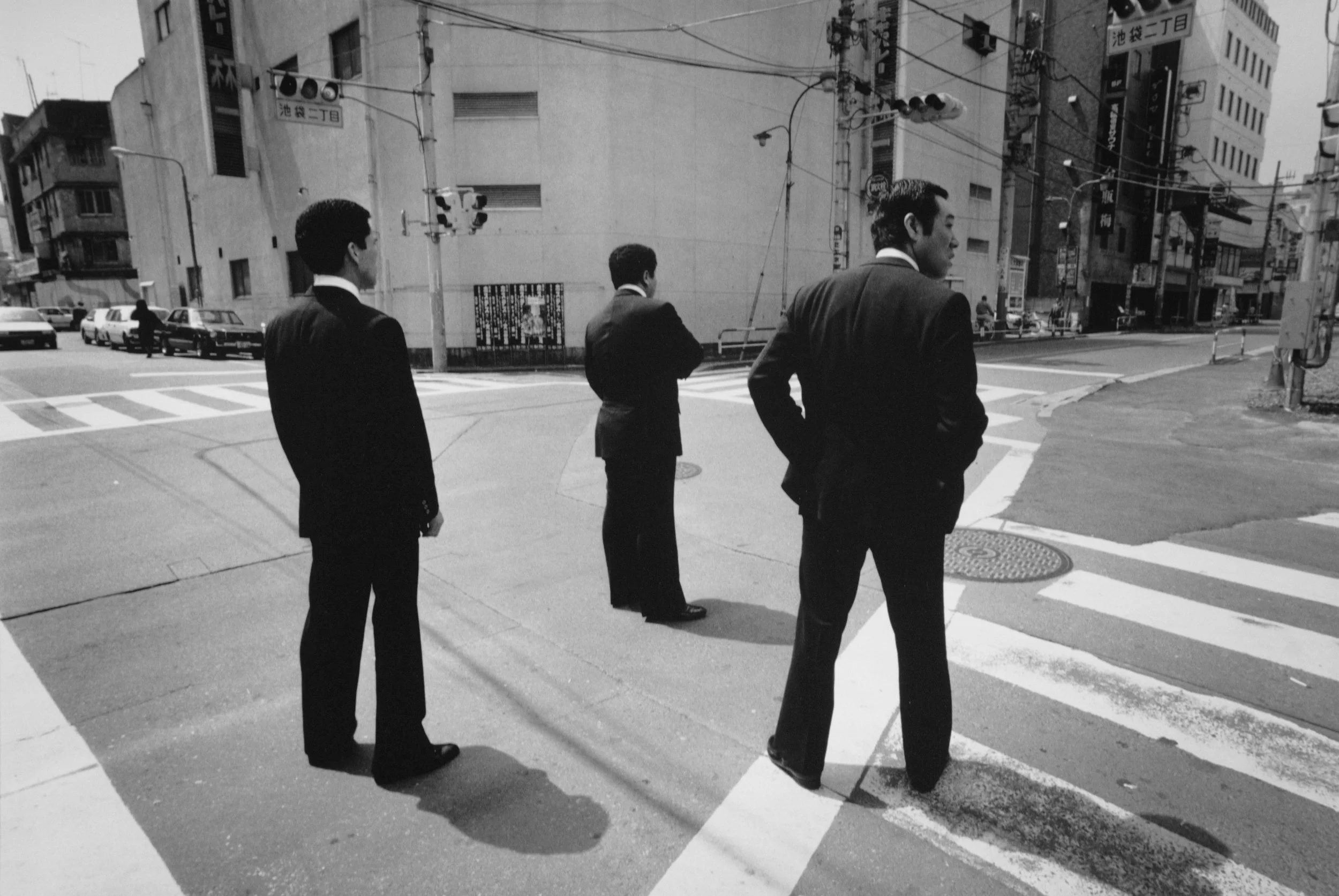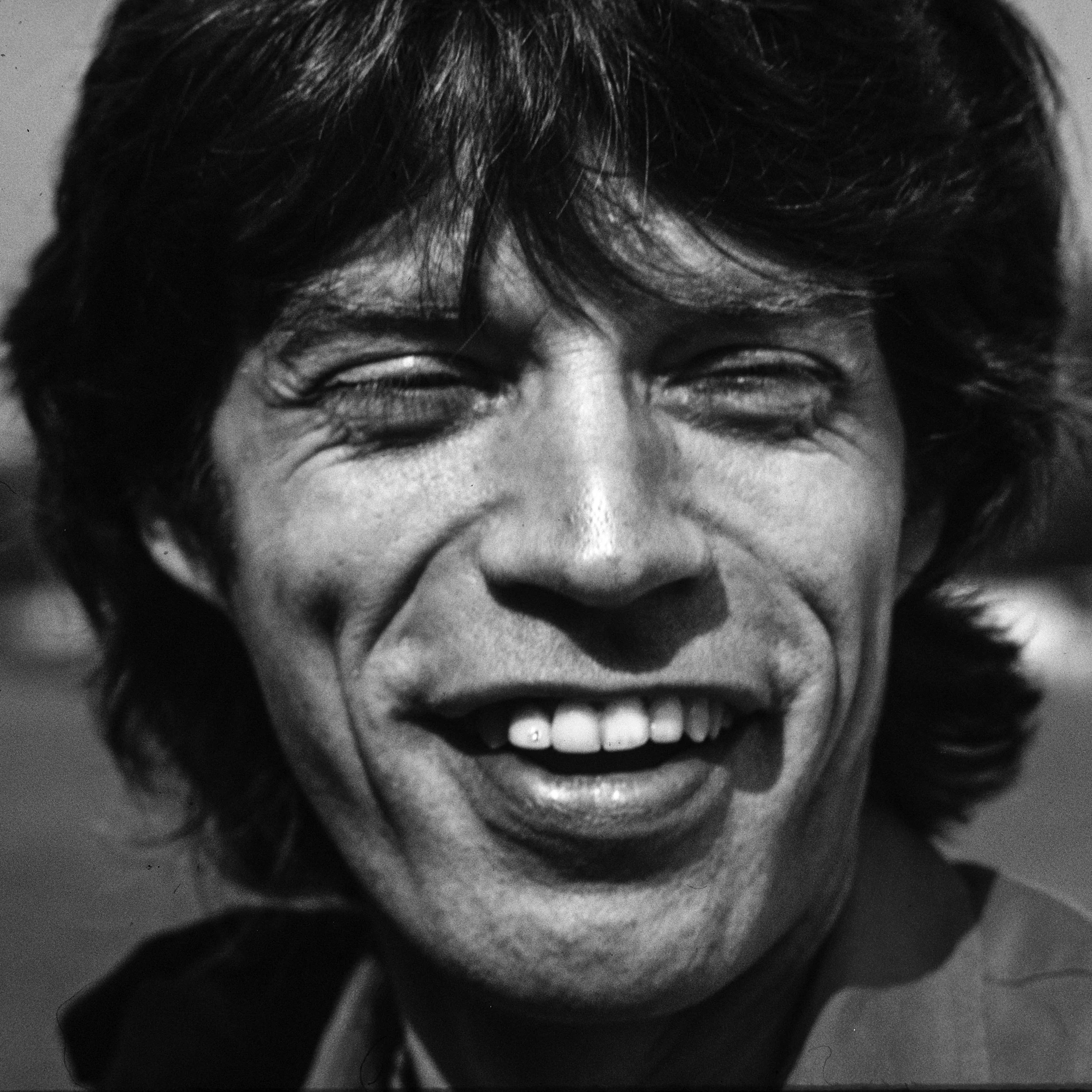Alberto Venzago for French Fries Magazine
Interview: Ally Ferraro & Guilherme Ferrari
Photography: Alberto Venzago
Do you publish your work in fashion magazines as well?
Yes I do. My daughter is a top model. She’s in Paris right now working for Chanel. She’s doing a lot of covers and films, and so I’m quite close to fashion as well.
Were your friends with Andy Warhol?
I was living in New York for ten years, and he was almost my neighbor. And of course, it was in the 80's, and I loved his work and The Factory. And I was just calling them, and I knew that Andy was into Polaroid cameras. So I found a fantastic camera, which I used all the time, and I knew he had never seen this. So I went to him and he looked at it and I stayed for a couple of hours.
I saw the picture, he is in front of a painting, an electric chair. Did you tell him to stand there?
It was just before Christmas, and we had a very surrealistic talk about children, Christmas and celebrating. And then we just decided that the electric chair would be fantastic for Christmas.
You said that some pictures are taken and some are made. So this picture was made.
When you really have a concept and you go with that concept, that means you are using specific lights and props and all this. I come from photojournalism, I was a couple of years with Magnum, so there you take what you get, what you see. So coming from this kind of snapshot photography, I went more and more into a more artificial photography, where you have a broader view, a concrete idea about what you want and how to get there.
So you use electric lights.
I use a lot of strokes and lights. Technically, those are not so important. You know the instruments and you play with them so you can have a better composition.
You studied clarinet and therapeutic education. When did you actually get the idea that you could be a photographer and that it would be your profession?
When I was 15, I got my first camera in the darkroom. I photographed all the neighboring girls. And I loved it. And they loved it as well. This led me to the understanding that the camera is an instrument which opens a fantastic door to a world which is maybe unknown or it's mystic or magic. And so I was really thrilled with photography. But then my father is a musician, my brother is a musician. It was clear that I was going to study music, but then I had an accident, and I couldn't move my arm. And then coincidentally, I had to leave Switzerland because I refused to join the army. So either I had to go to jail or migrate. So I said, this country really sucks. And I went as far, far as possible and I migrated to Australia.
Whereabouts?
I stayed two years in the desert with Aborigines and I learned so much about dream times, about songlines. And I studied the relationship between mother and children. It was incredible. But I couldn't take photographs there because then I couldn’t really do the job. It was more of a research. But then my hair grew longer and drugs controlled my brain, and my vision enlarged. And then after four years, I decided maybe photography would be a means like I was into writing. I wrote a lot, but writing is so concrete, each word has a special meaning. Whereas with photography, I was amazed to find out that of course you can be concrete, but on the other hand, it's a step into the unknown. And if you look at my topics, the Mafia, the voodoo and all this, it's dark. It's not so much to explain with words, it’s more like a feeling. And I thought if I can move people by images and create emotions, this is what I want. I got into fashion and I started actually working with models and even married one because at that time they said, if you don't marry a Swedish model, you will never be a fashion photographer. So I did. But I didn't become a fashion photographer because I wasn’t interested in showing the “correct color of a fabric”.
You now have a solo show at the Ernst Leitz Museum in Wetzlar, about ceremonies and voodoo people. Is it true that you traveled 12 years to document it?
After five years in Japan with the Mafia, I decided to do something just for myself, not working. And I bought a Vespa in West Africa, and had this stupid idea to cross Africa. But the wheels were so small and there were so many sand pits, so I had one accident after the other. And finally the scooter crashed down in front of a voodoo monastery in Benin. I had no idea about what voodoo was, that was my first encounter. I was getting more and more fascinated. It was scary and fantastic at the same time. With the Mafia, you can't just travel there and say, “Hello, I'm Venzago” and show what you do. First they want to know who you are and why you’re there. It took a year till I became friends with them. And then I was slowly allowed to attend more and more sacred ceremonies. And I made a film because I understood that photography is very limited. The sound is very important. So Wim Wenders produced it after 12 years. It took so long because the story took such a long time, the search for a holy leader of a monastery, it's not democratic, the gods have to decide. So it took a long time. And then after filming, I understood I would like to make a book as well. So I went back to take photographs because I knew everybody. I knew the locations, I knew the content. It's incredible that people let you so close and you're having a camera in your hand. It's like a key into a different world that if you go into the unknown, like I often refer to the voodoo, you enter a room in the dark, there is no floor. So you walk into this room, but you're not allowed to be afraid of falling. And maybe you don't fall. Maybe there's something which holds you and I had to learn so much about it. I learned about physics, about what is up, what is down, people became transparent. People could fly, people could dissolve.It sounds like an LSD trip. It felt like being on drugs, and this is the fantastic thing about photography, it leaves a lot through emotions, a lot of ideas with the person who looks at it. I love those interpretations.
You said at one point that you were ready to lose your orientation. When did you feel that?
Probably the next morning when I couldn't move anymore. That put a spell on me. We talk about the war in Ukraine and what will happen with America and China and all this. This is also concrete and we are completely under the spell of news and of fabrication of news. We cannot judge anymore what is the truth, what is not. We are almost getting there that we lose orientation because we don't know anything anymore. I was born as a Catholic. My mother is Jewish, my father Italian. And so I grew up in a household with two big religions. And still I had to leave both because it didn't make sense to me anymore, and understanding that because in the end they talk about the same. It's one God which is here and we can be thankful that we exist. I don't like this concreteness about the Vatican, about the church, and the institutions. This is the same thing when you smoke dope. You smoke a joint and after a while you feel kind of relaxed and you can float. You don't have this boundary anymore, that we get taught in school. Do this, don't do that. And I liked to be radical in creativity, radical in thinking and go away from the highways of thoughts.
That's real creativity. How often do you shoot? Daily?
I shoot every day. I'm like a musician. Like a pianist who plays every day. I also sit at my grand piano every day, and this is my psychiatric session where I just find one key to the other, one note to the other. And that's the same as photography. I'm a junkie. I mean, a photography junkie.
Are you most of the time in Switzerland now?
For 40 years, I have lived in hotels, not Hiltons or five stars. But they became my home. So my orientation about home is not defined locally. I don't belong to a country, I belong to the world.
Do you take any pictures digitally as well, or only analog?
I started with analog and then with Magnum, very much into Leica photography. Now I'm shooting digital mostly. Sometimes analog. And I also do the reverse process. I shoot digital and go back to analog, make a negative and do a silver gelatin print by hand again. At the end of August, I'm going to Polynesia in order to stay there for six months. I recently started the story on the models of Paul Gauguin. He painted in Tahiti. And 30 years ago, I did research about the descendants, about the grand grandchildren of those models, and I photographed them analog on Polaroid. And I'm going back to do this project now for six months shooting and a whole year processing. I'm thinking about doing it all analog. It's great to go back to it again. I use analog because it's so defined, so clear, great latitude. But I love the magic of photography. When you are in your darkroom with the red light and suddenly an image appears in the chemical, I love that process. That's a magic moment.
Do you think it's important for an artist today to travel to cities like New York or LA?
Very important. I think it's also important to go to museums, not just to look at photography, but to look at art. When I go to Italy, I love to go to churches and I love to find these votive paintings. They were painted when e.g. an accident happened and somebody got rescued. They believed that Jesus rescued him. In those paintings, you see a car which got run into a tree, you see a doctor, and you see a body lying on the street next to this car. And above you see a cloud and Jesus or Trinity of God. Especially in Italy, the churches have this source of inspiration like museums. I was just at the Biennale in Venice. There, you sit outside and you watch people passing by. It's fantastic, it’s like a movie. I think it's important for an artist to travel. To look at things, to be open minded.
What is your astrological sign?
I’m a double Aquarius. Very open, very freedom orientated, probably not possible to have a relationship with. I'm attracted by what's behind the next corner. What would come up now? Shall I go and see? Or shall I wait till something happens? And this is already the start of something new.





